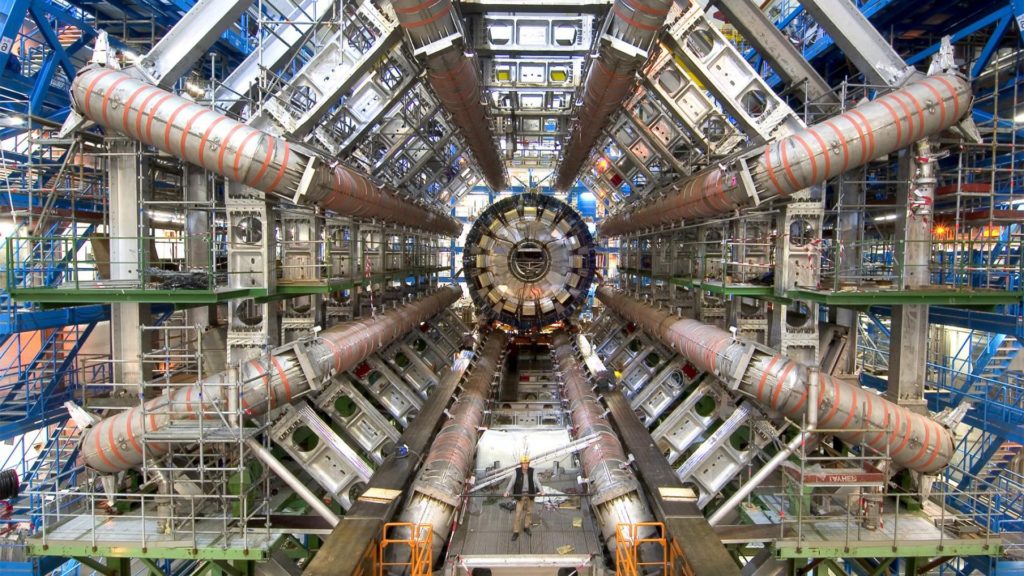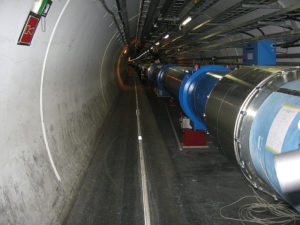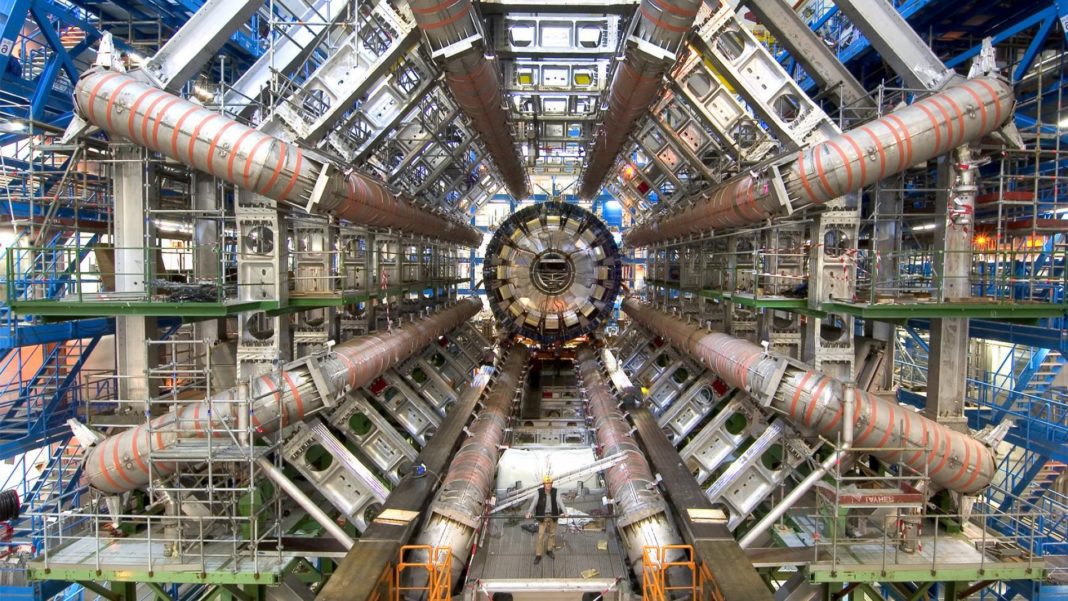The LHC functions by accelerating particles like protons to nearly the speed of light, at which speed the particles collide with one another. As the most powerful accelerator in the world, the LHC can generate hundreds of millions of particle collisions every second.

At the extremely high energies the LHC can create, scientists are able to explore mysterious phenomena like dark matter and dark energy, both of which scientists predict exist but neither of which have been proven or detected yet.
After restarting, a new record was made in Run 3. With the upgrades implemented during the planned shutdown, the energy of the LHC’s proton beams was set to increase from 6.5 teraelectronvolts (TeV) to 6.8 TeV. For reference, one teraelectronvolt is equivalent to 1 trillion electron volts and, in terms of kinetic energy, is roughly equal to the energy of a mosquito flying. While this might seem like a very small amount of energy, for a single proton it is an incredible amount of energy.

The LHC facility is used to explore cosmic mysteries ranging from investigating possible candidates for dark matter to completely breaking apart our understanding of physics. Now both switched on and working as intended with the new upgrades, the LHC is well on its way to enabling a new round of groundbreaking physics research.
According to space















